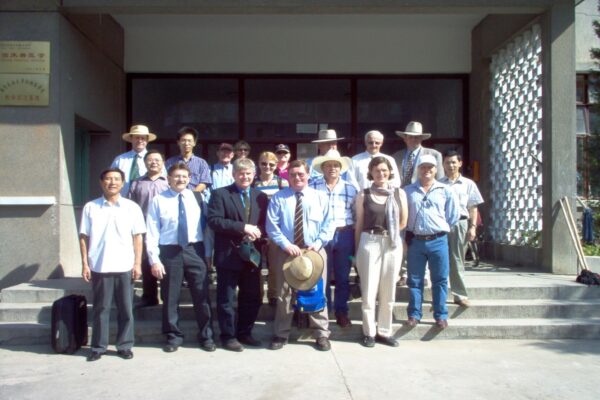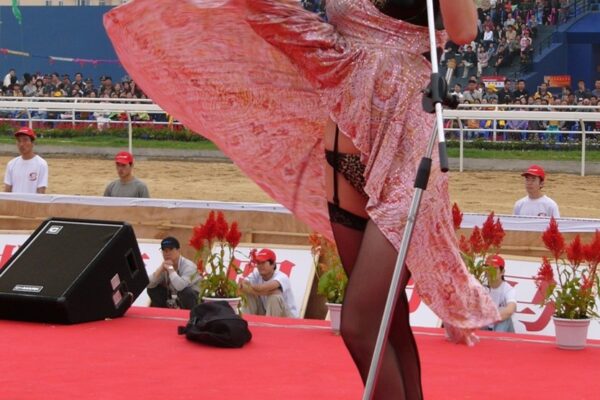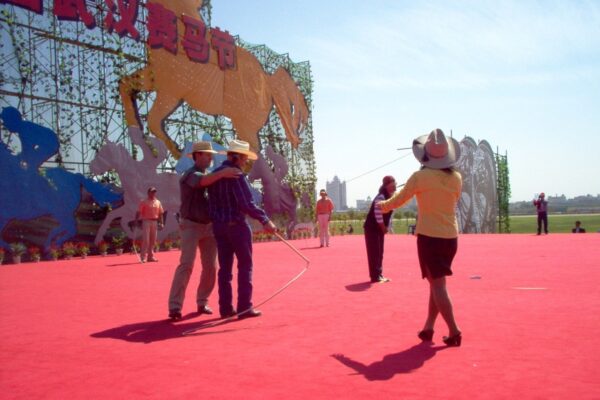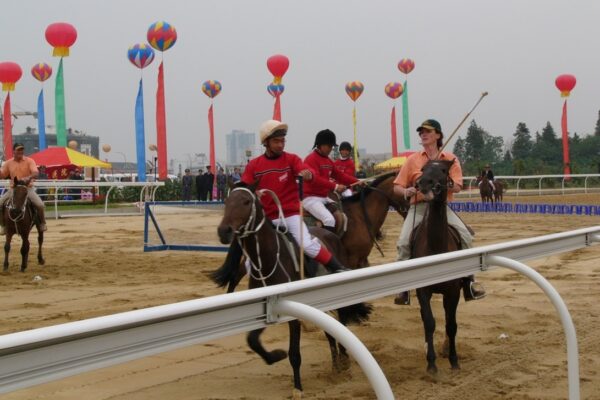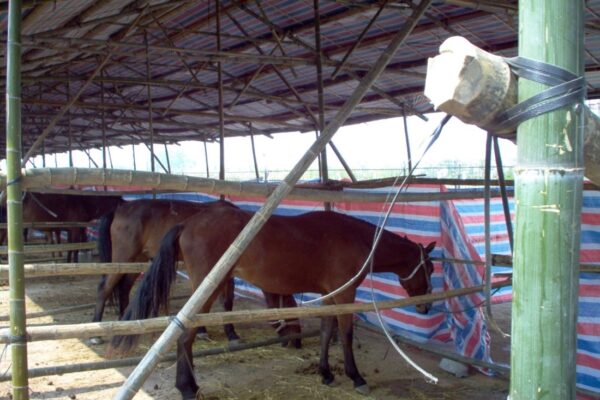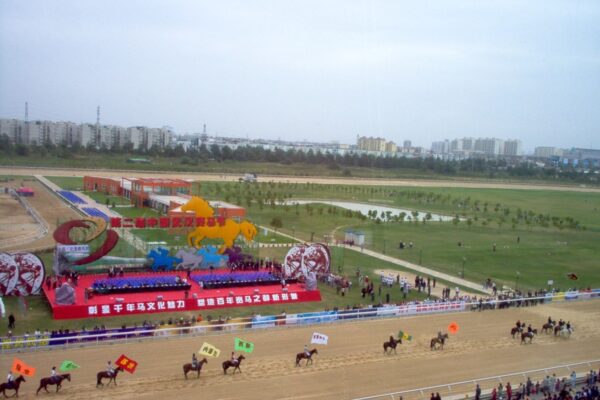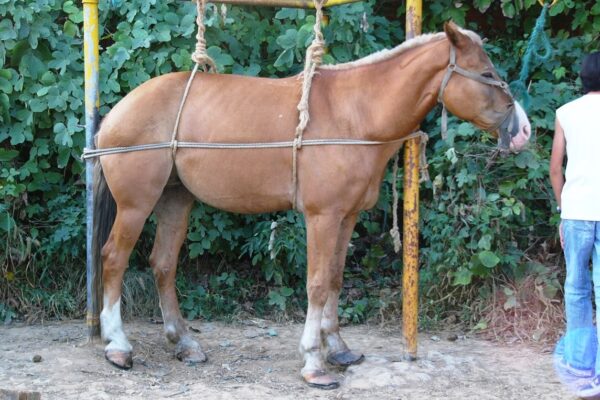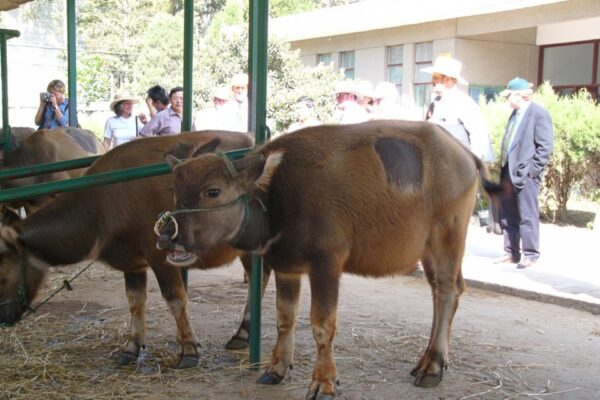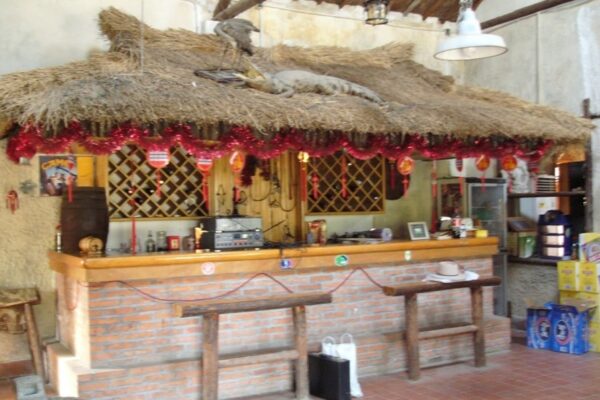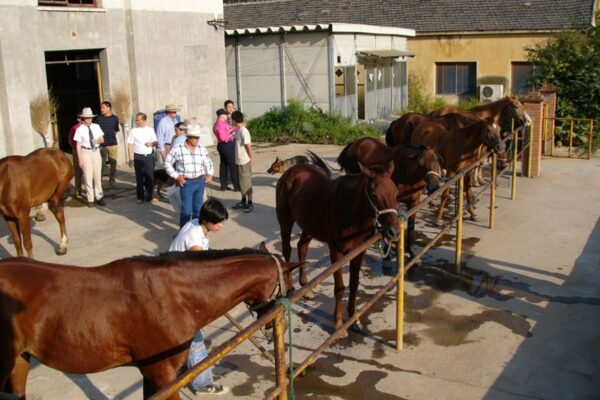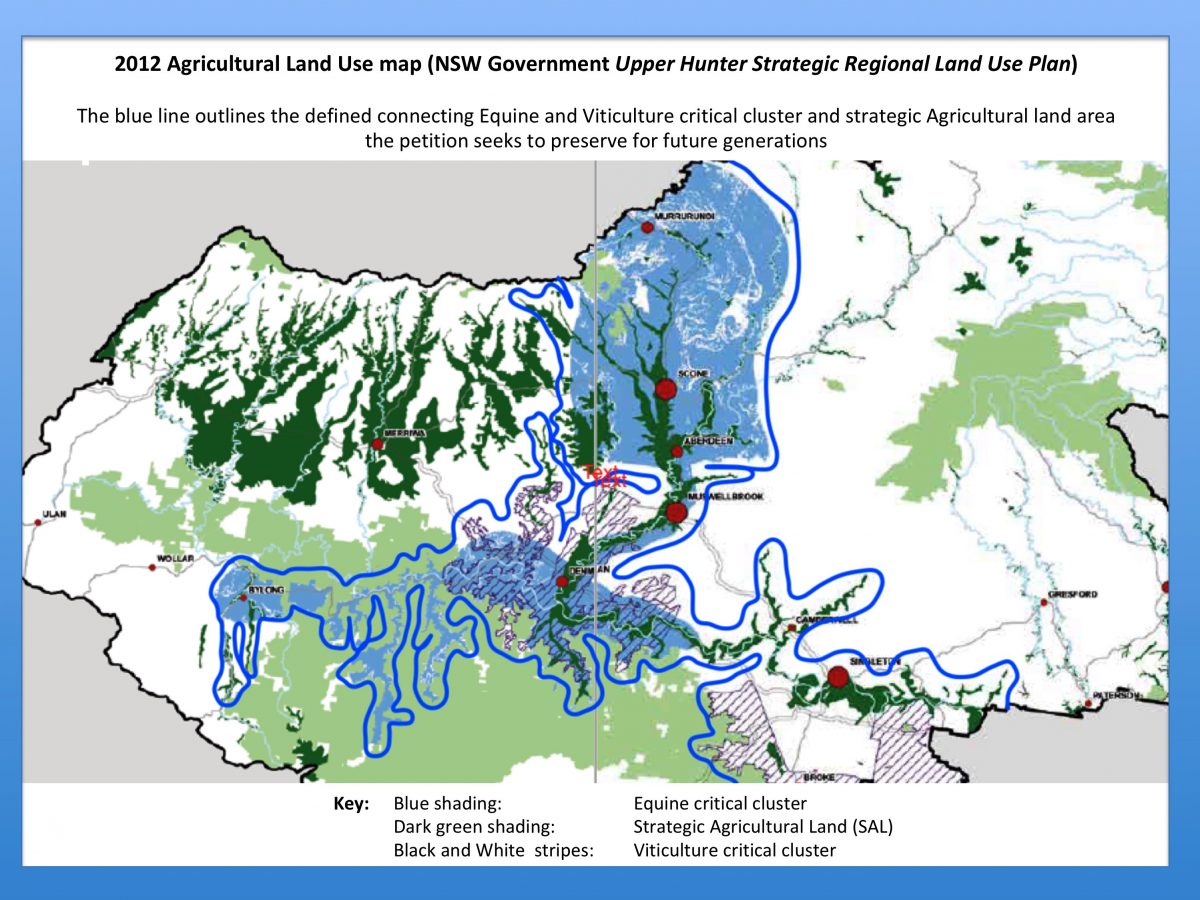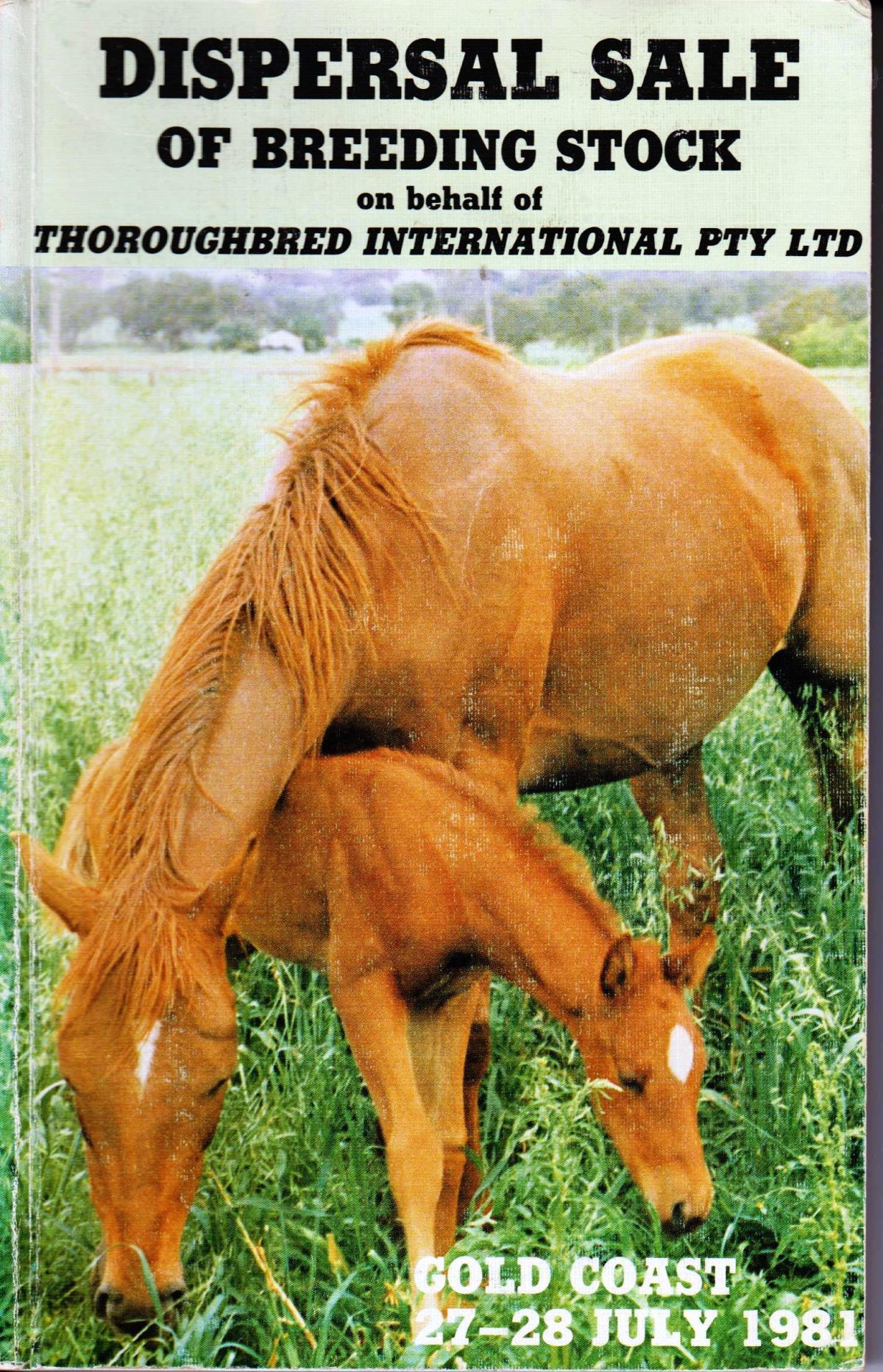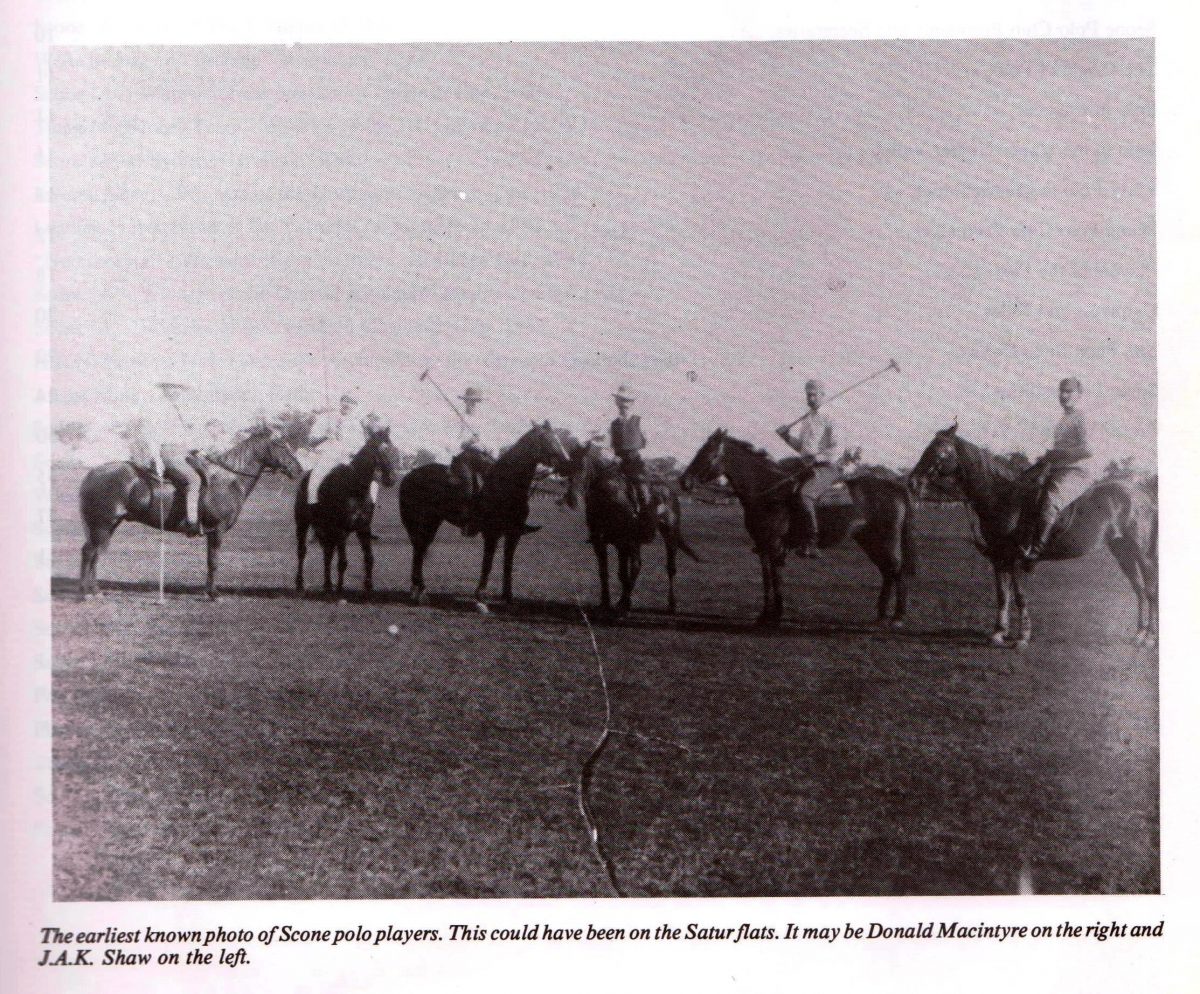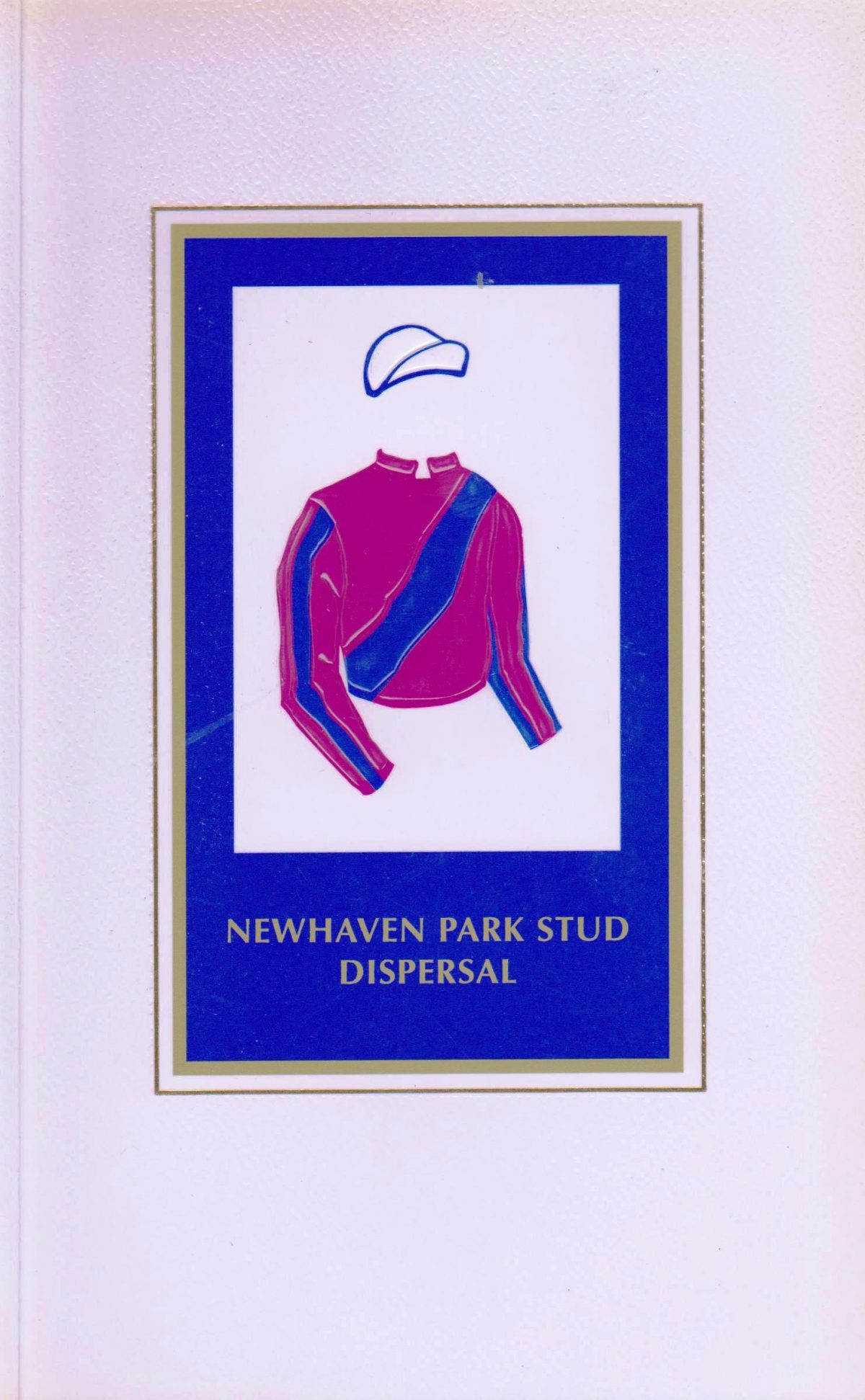Upper Hunter Land Use Planning
A fresh initiative has been set up designed to ‘firm up’ and lobby the NSW Governments’ commitment to its Land Use Planning Strategies. It’s called ‘Upper Hunter National Treasure’ and can be found at the site address: www.upperhunternationaltreasure.com.au
The website requests that the Senate support a 2020/21 National Heritage nomination and establish a Committee to report on the national importance of the Upper’s Hunter’s connecting equine, viticulture and agricultural critical cluster and townships.
Its purpose is to preserve the critical equine, viticulture and agricultural clusters from the NSW Government’s plans for coal, mineral and coal seam gas exploration and high density wind, solar and bio-farms within the region. A petition has been organised which at your absolute discretion you are at liberty to support; or not.
Upper Hunter Region Equine Profile:
https://docs.wixstatic.com/ugd/b01642_c0eaf4dd87ac49d580da1107bea8836a.pdf
Upper Hunter Region Agricultural Profile:
https://docs.wixstatic.com/ugd/b01642_ec25ec97f8cf428da1eaf28b61560e68.pdf
HUNTER ESTATES A Comparative Heritage Study of pre 1850s Homestead Complexes in the Hunter Region:
https://docs.wixstatic.com/ugd/b01642_c9728135442d45e189a412a2803ecea8.pdf
About The Wonnarua:
http://www.wonnarua.org.au/images/about%20the%20wonnarua%202.pdf
